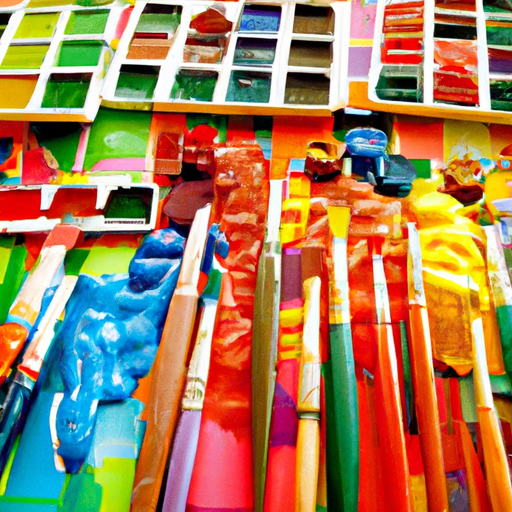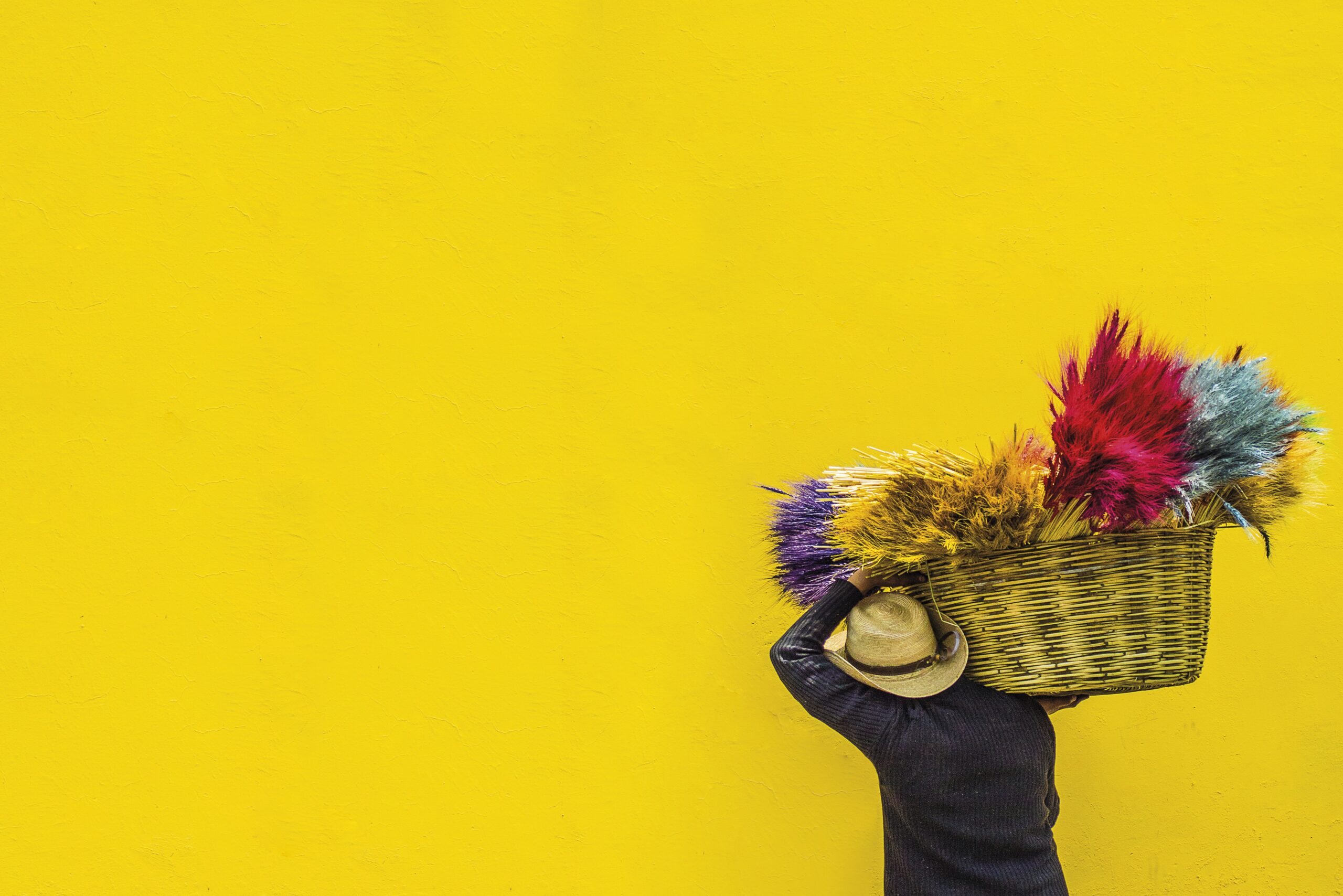
Have you ever wondered how different colors can affect your mood? It turns out that the colors we surround ourselves with, whether in our homes or elsewhere, have a significant impact on our emotions and overall well-being. From calming blues to energizing yellows, each color has its own unique psychological properties that can influence how we feel. In this article, we will explore the fascinating world of color psychology and delve into how color schemes can affect our mood and create a desired atmosphere in our living spaces.
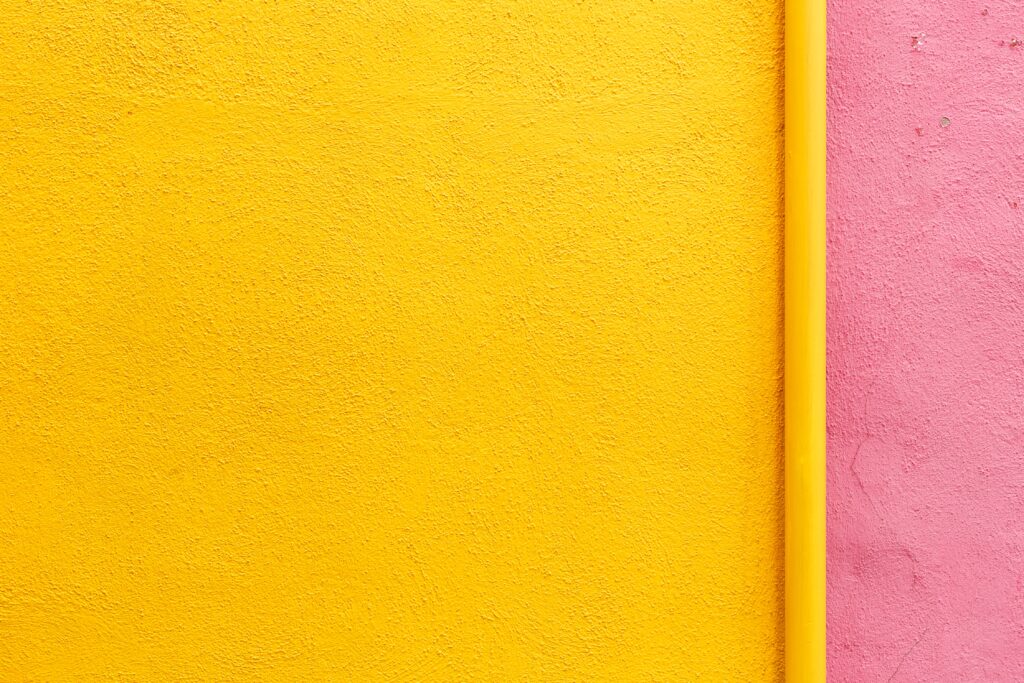
1. Introduction to Color Psychology
1.1 What is color psychology?
Color psychology is the study of how colors can affect human behavior, emotions, and mood. It explores the psychological and emotional impact that different colors have on individuals and how these effects can be harnessed in various design and marketing strategies. Colors have the power to evoke specific feelings and reactions in people, and understanding this can greatly enhance the effectiveness of visual communication and design.
1.2 The importance of color in design
Color plays a crucial role in design as it can significantly influence the way we perceive and interact with our surroundings. The colors used in design can evoke emotions, convey messages, and create visual interest. Whether it’s in graphic design, interior design, or product design, the right choice of colors can enhance the overall mood and convey the intended message or brand identity.
1.3 Emotional impact of colors
Different colors evoke different emotions and can have a profound impact on our mood. For example, warm colors such as red, orange, and yellow tend to create a feeling of warmth, energy, and excitement. On the other hand, cool colors like blue, green, and purple often evoke a sense of calmness, relaxation, and tranquility. Understanding the emotional impact of colors allows designers to create specific atmospheres and elicit specific emotional responses from viewers or users.
2. The Role of Colors in Enhancing Mood
2.1 Warm colors
2.1.1 Red
The color red is associated with energy, passion, and excitement. It has been shown to increase heart rate and stimulate appetite, making it a popular choice in the food industry. In design, it can be used to draw attention or create a sense of urgency.
2.1.2 Orange
Orange is a warm and vibrant color that represents enthusiasm, creativity, and warmth. It can create a sense of playfulness and is often used to grab attention or convey a friendly and inviting atmosphere.
2.1.3 Yellow
Yellow is associated with happiness, optimism, and warmth. It is often used to create a cheerful and energetic atmosphere. However, it should be used sparingly as excessive use of bright yellow can cause feelings of anxiety or irritability.
2.2 Cool colors
2.2.1 Blue
Blue is a calming and soothing color that is often associated with tranquility, stability, and trust. It can create a sense of relaxation and is commonly used in bedrooms and spa-like environments to promote a peaceful atmosphere.
2.2.2 Green
Green symbolizes nature, growth, and harmony. It is often linked to feelings of balance, freshness, and renewal. Green can help create a calming atmosphere and is commonly used in spaces where relaxation and concentration are desired, such as offices and study areas.
2.2.3 Purple
Purple is a color that represents luxury, creativity, and spirituality. It is often associated with royalty and has a mysterious and intriguing quality. Purple can create a sense of elegance and is frequently used in designs that evoke a sense of opulence and grandeur.
2.3 Neutral colors
2.3.1 White
White is a color that represents purity, cleanliness, and simplicity. It can create a sense of spaciousness and airiness, making it a popular choice in minimalist designs or spaces where a clean and crisp aesthetic is desired.
2.3.2 Gray
Gray is a versatile color that can evoke a range of emotions depending on its shade. Lighter shades of gray can create a sense of calmness and neutrality, while darker shades can evoke feelings of seriousness and elegance. Gray is often used as a backdrop to highlight other colors in a design.
2.3.3 Beige
Beige is a warm and neutral color that represents simplicity and comfort. It is often used in designs that aim to create a cozy and inviting atmosphere. Beige can be paired with various colors and is commonly found in interior design color palettes.
3. Effects of Different Color Schemes on Mood
3.1 Monochromatic color schemes
Monochromatic color schemes involve using shades, tints, and tones of a single color. This color scheme creates a sense of harmony and simplicity, as all the colors share the same hue. Depending on the chosen color, monochromatic schemes can evoke a range of emotions. Lighter shades can create a calm and peaceful atmosphere, while darker shades can convey a sense of mystery or drama.
3.2 Analogous color schemes
Analogous color schemes involve using colors that are adjacent to each other on the color wheel. This color scheme creates a sense of harmony and is often seen in nature. Analogous color schemes can evoke a sense of tranquility and balance, making them suitable for spaces where relaxation is desired, such as bedrooms or meditation rooms.
3.3 Complementary color schemes
Complementary color schemes involve using colors that are opposite each other on the color wheel. This color scheme creates a strong visual contrast and can evoke a sense of vibrancy and energy. Complementary color schemes are often used to create focal points or draw attention. However, using complementary colors in large doses can be overwhelming, so it’s important to strike a balance.
3.4 Triadic color schemes
Triadic color schemes involve using three colors that are evenly spaced on the color wheel. This color scheme creates a sense of variety and can be visually striking when used correctly. Triadic color schemes offer the possibility of incorporating both warm and cool colors, allowing for a balanced and dynamic design.
3.5 Split-complementary color schemes
Split-complementary color schemes involve using a base color and then selecting two colors on opposite sides of its complementary color. This color scheme offers the benefits of complementary colors without the overwhelming contrast. It creates a sense of harmony and can add visual interest to a design.
4. Creating a Mood with Color Schemes
4.1 Calming and relaxing color schemes
4.1.1 Light blue and soft pastels
Light blue and soft pastels can create a serene and calming atmosphere. These colors are often associated with the sky and sea, evoking feelings of tranquility and peace. They are commonly used in bedrooms, bathrooms, and spa-like environments.
4.1.2 Cool grays and whites
Cool grays and whites can create a clean and minimalist atmosphere. These colors promote a sense of simplicity and clarity. They are frequently used in contemporary designs and spaces where a calm and uncluttered aesthetic is desired.
4.2 Energizing and stimulating color schemes
4.2.1 Bright yellows and oranges
Bright yellows and oranges can create a sense of energy and vitality. These colors are often associated with sunshine and warmth. They are commonly used in kitchens, playrooms, and other spaces where a vibrant and lively atmosphere is desired.
4.2.2 Vibrant greens and blues
Vibrant greens and blues can create a refreshing and invigorating atmosphere. These colors are often associated with nature and the outdoors, evoking feelings of renewal and rejuvenation. They are frequently used in living rooms, offices, and other spaces where a sense of energy and productivity is desired.
4.3 Warm and cozy color schemes
4.3.1 Rich reds and browns
Rich reds and browns can create a warm and inviting atmosphere. These colors are often associated with comfort and coziness. They are commonly used in living rooms, dining rooms, and bedrooms to create a sense of warmth and intimacy.
4.3.2 Earthy tones and warm neutrals
Earthy tones and warm neutrals, such as terracotta, taupe, and olive green, can create a grounded and rustic atmosphere. These colors are often associated with nature and evoke a sense of comfort and relaxation. They are frequently used in bedrooms, kitchens, and living rooms to create a cozy and welcoming environment.
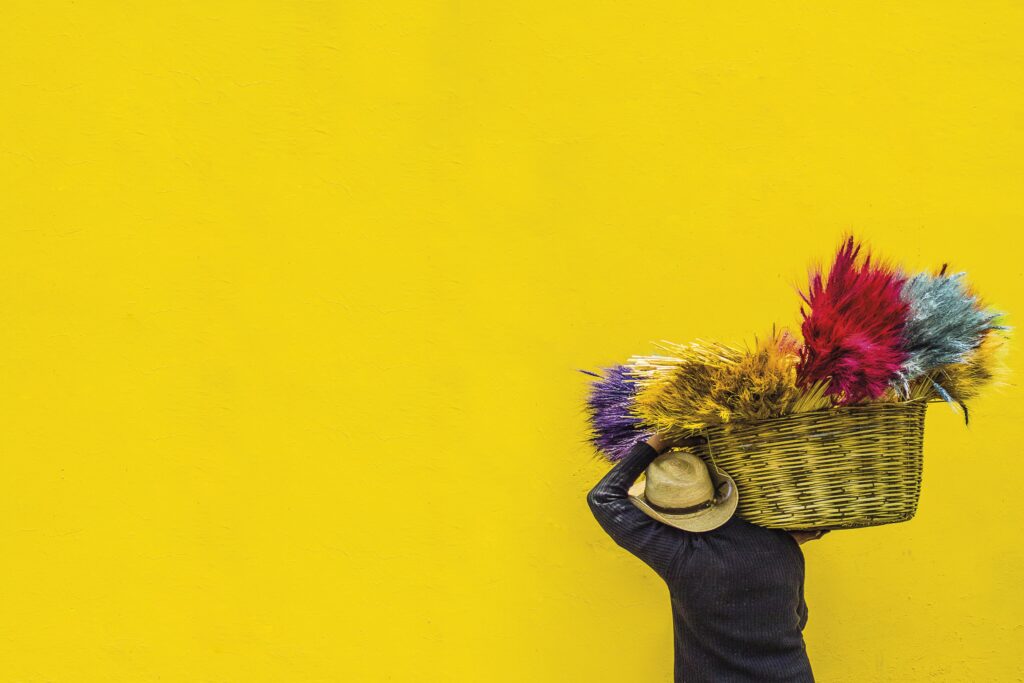
5. Color Preferences and Cultural Influences
5.1 Cultural variations in color symbolism
Colors can have different meanings and associations in different cultures. For example, while white is often associated with purity and innocence in Western cultures, it can symbolize mourning and death in some Asian cultures. Understanding these cultural variations is essential when designing for a specific target audience or market.
5.2 Personal associations and preferences
Individuals often have personal associations and preferences when it comes to colors. These associations can be influenced by past experiences, cultural background, and individual personality traits. Some people may have positive associations with certain colors, while others may have negative ones. It is important to consider these factors when designing for individuals or specific groups.
5.3 Trends and popular color choices
Color trends evolve over time and can be influenced by various factors such as fashion, technology, and societal changes. Designers often pay attention to popular color choices and trends to stay relevant and appealing to their target audience. However, it is important to balance current trends with timeless design principles to ensure a lasting and visually pleasing result.
6. Applying Color Psychology to Home Design
6.1 Choosing colors for different rooms
When applying color psychology to home design, it is important to consider the function and purpose of each room. For example, in bedrooms, calming and relaxing colors like blues and neutrals are often preferred to promote restful sleep. In home offices, energizing and stimulating colors like greens and yellows can enhance productivity and creativity.
6.2 Creating cohesive color palettes
Creating a cohesive color palette for your home involves selecting colors that complement each other and create a harmonious flow throughout the space. This can be achieved by sticking to a specific color scheme, such as monochromatic or analogous, or by selecting a base color and incorporating complementary or contrasting colors to add visual interest.
6.3 Incorporating color through accents and accessories
Not every surface in a room needs to be painted with a bold or vibrant color. Instead, color can be incorporated through accents and accessories like throw pillows, curtains, rugs, and artwork. This allows for flexibility in design and provides an opportunity to experiment with different colors without committing to large-scale changes.
6.4 Using color psychology in exterior design
color psychology can also be applied to exterior design to create a welcoming and visually appealing home. The color of a home’s exterior can convey a sense of warmth, tradition, or modernity. For example, warm earth tones like beige and brown can create a cozy and welcoming exterior, while bold colors like red or blue can make a statement and add visual interest.
6.5 Considerations for residential interior design
When designing residential interiors, it is important to take into account the preferences and lifestyle of the occupants. Understanding their color preferences, functional needs, and personal style can help create a space that is not only visually pleasing but also reflects the personality and taste of the homeowners.
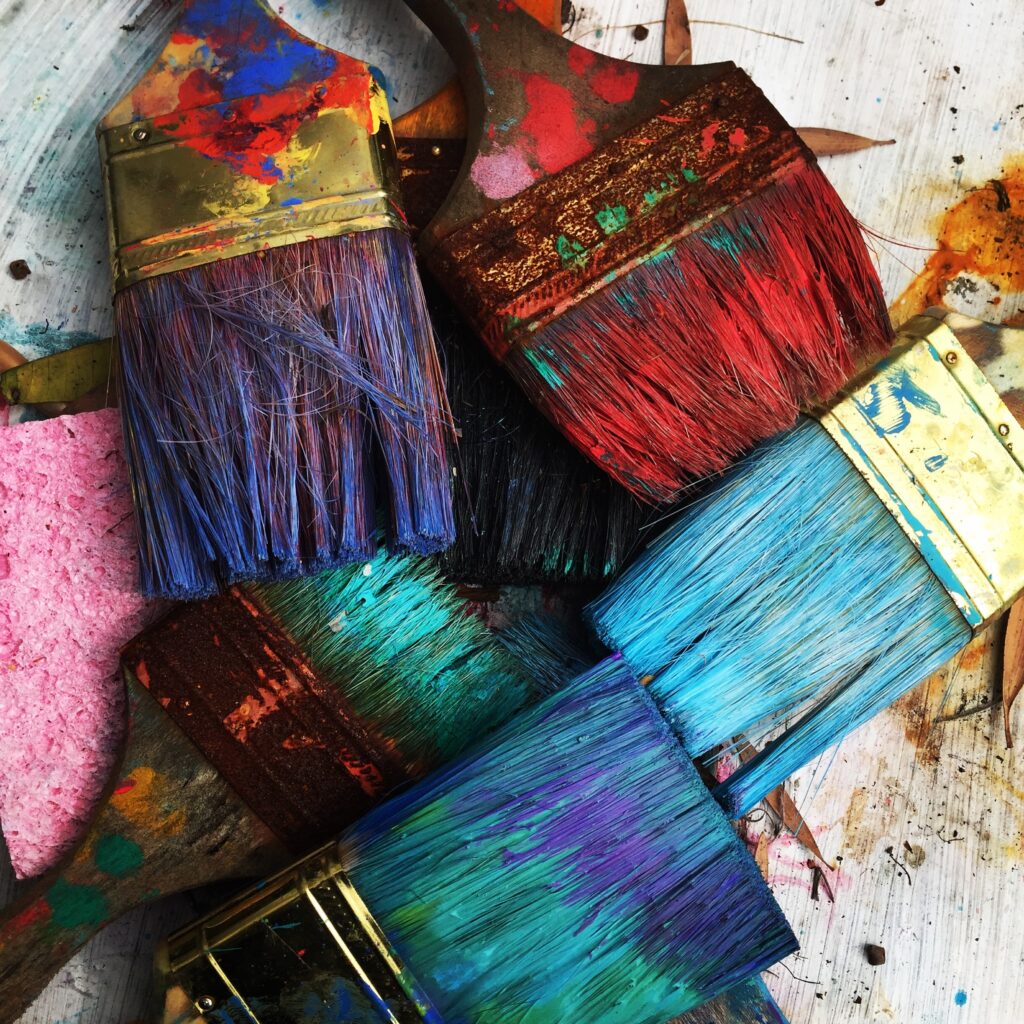
7. Case Studies of Mood-Driven Color Schemes
7.1 Contemporary minimalist design
Contemporary minimalist design often incorporates neutral colors such as white, gray, and black. By using a monochromatic or analogous color scheme, this design style creates a calming and sophisticated atmosphere. The simplicity of the color palette allows other design elements, such as clean lines and geometric shapes, to take center stage.
7.2 Bohemian eclectic style
Bohemian eclectic style embraces vibrant colors and mix-and-match patterns. This style often combines warm and earthy tones with bold, contrasting accents. The result is an energetic and vibrant space that evokes a sense of creativity and individuality.
7.3 Traditional and classic interiors
Traditional and classic interiors often feature rich and deep colors such as maroon, navy blue, and forest green. These colors create a sense of elegance and timelessness. By using a complementary or triadic color scheme, traditional interiors achieve a balanced and cohesive look.
8. Impact of Lighting on Color Perception
8.1 Natural vs artificial light
The type and quality of light can greatly impact how colors are perceived. Natural light tends to show colors more accurately and can enhance their vibrancy. Artificial lighting, on the other hand, can alter the appearance of colors depending on the color temperature and intensity. It is important to consider lighting when designing a space to ensure that the intended colors are accurately represented.
8.2 Warm vs cool light
Different color temperatures of light, usually described as warm or cool, can create different moods and atmospheres. Warm light with a yellow or orange hue can create a cozy and intimate ambiance. Cool light with a blue or white hue can create a clean and refreshing atmosphere. The choice of light temperature should be aligned with the intended mood of the space.
8.3 Importance of lighting in mood-enhancing design
Proper lighting is crucial in mood-enhancing design, as it can greatly influence the way colors are perceived and how people feel in a space. The strategic placement of light sources, the choice of light fixtures, and the use of dimmers can all contribute to creating the desired ambiance and enhancing the impact of color schemes.

9. Experimenting and Evolving with Color Schemes
9.1 Trying different color combinations
Design is a creative process, and experimenting with different color combinations can lead to unexpected and visually appealing results. By trying out different color schemes and combinations, designers can discover new ways to evoke emotions and create unique atmospheres in their designs.
9.2 Incorporating seasonal color trends
Color trends can change with the seasons, fashion trends, or cultural shifts. Designers can incorporate seasonal color trends into their designs to create a fresh and contemporary look. However, it is important to consider the longevity of the design and how it will age as trends come and go.
9.3 The concept of color psychology in future design
As our understanding of color psychology continues to evolve, so too will its application in design. In the future, we can expect to see more tailored and personalized designs that take into account individual preferences and the specific psychological and emotional responses that different colors evoke.
10. Conclusion
Color psychology has a profound impact on our perception and emotional response to the world around us. By understanding the emotional impact of colors and how they can be used to create different moods, designers can harness the power of color to enhance the effectiveness of their designs. Whether it’s creating a calming bedroom retreat, an energizing workspace, or a cozy living room, the careful selection of color schemes can greatly influence the overall mood and ambiance of a space. By considering personal preferences, cultural influences, and the role of lighting, designers can create spaces that not only look visually pleasing but also evoke the desired emotional response. So the next time you embark on a design adventure, remember to choose your colors wisely and tap into the fascinating world of color psychology.
